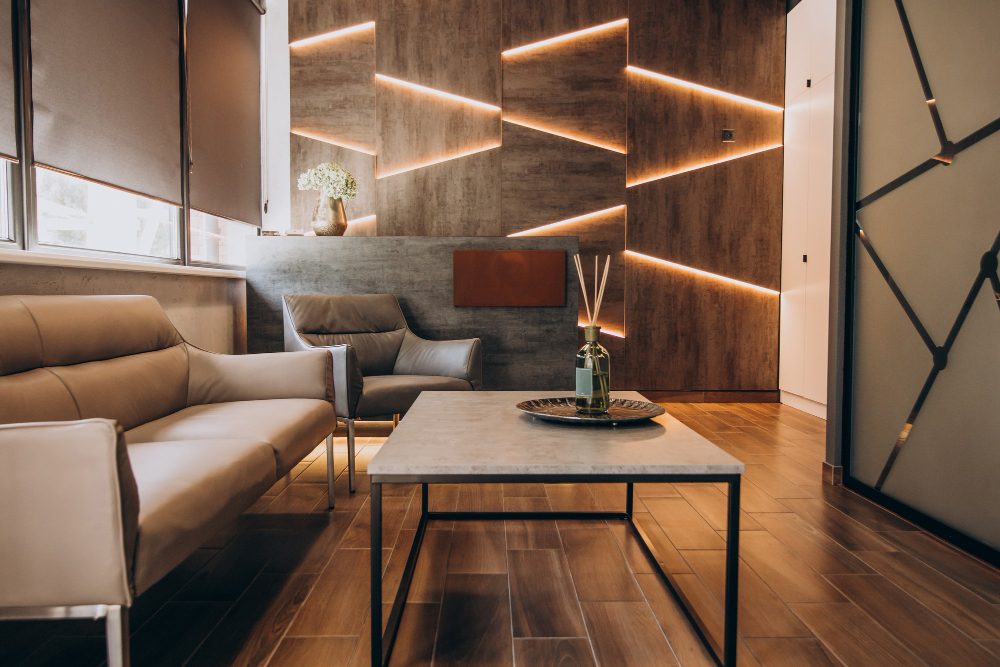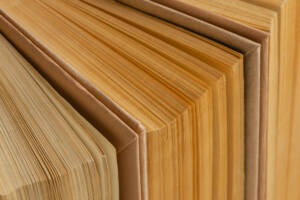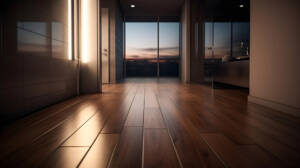The floor is the base of any room inside, and plywood is one of the best options when it comes to flexibility, durability, and value for money. People don’t give plywood flooring enough credit; it has grown from a simple subflooring material to a stylish and valuable choice for many uses. This guide will tell you everything you need to know about flooring with plywood, from the different kinds of plywood and how to put them to how to keep them in good shape and the different ways you can design them.
Understanding Plywood
Glueing together layers of thin veneers, plywood is a hybrid wood product with special qualities that make it an excellent choice for flooring. The cross-grain structure, which changes grain direction between layers, gives it natural strength and stability. Because of this design, plywood doesn’t expand and shrink as much as solid wood does. This makes it an excellent material for flooring in a variety of settings.
Types of Plywood for Flooring
Picking the right kind of plywood is very important for any flooring job. Many kinds of wood are on the market, from softwood to hardwood and exterior to interior types. Every kind of plywood has its own set of features that affect things like how long it lasts, how it looks, and whether it’s suitable for specific uses. Knowing the differences between the different kinds of plywood is essential if you want to make the right choice for your flooring needs.
Advantages of Plywood Flooring
Cheap flooring with plywood has numerous benefits, contributing to its growing appeal as a versatile and practical option.
- Cost-Effectiveness: Plywood flooring is noticeably less expensive compared to many solid wood options. Layering thin veneers produces a composite material that uses wood resources more effectively during plywood manufacturing. Plywood flooring is a desirable alternative for homeowners who want to mimic the aesthetic appeal of wood flooring without going over budget because of its affordability.
- Dimensional Stability: The cross-grain design of plywood significantly improves its dimensional stability. Plywood is less likely to expand, shrink, or distort due to variations in humidity and temperature than solid wood. Over time, this stability offers a more dependable and long-lasting flooring solution, which is especially helpful in areas with varying weather.
- Installation Ease: Plywood flooring is renowned for its easy installation, whether used as a completed surface or a subfloor. The tongue-and-groove method makes joining easier and permits a tight fit between panels. Furthermore, the even thickness and smooth surface of plywood make it easier to install, which lowers labour costs and makes it a cost-effective option for do-it-yourselfers.
- Options for Repair and Refinishing: Compared to certain other flooring materials, plywood makes repair and refinishing simpler. Individual plywood portions can be replaced in the case of wear or damage, negating the need for more involved and expensive repairs. Furthermore, plywood may be refinished and sanded to give it a fresh look, increasing its longevity and keeping its visual attractiveness over time.
- Design Versatility: Wood flooring offers a blank canvas for many creative options. It can have a variety of finishes, from the warmth of natural wood tones to modern painted finishes, by staining, painting, or finishing it. The adaptability of plywood makes it appropriate for a wide range of tastes and styles in interior design. Plywood flooring is more appealing as a material that can easily blend in with various design schemes and preferences because of its customisable appearance.
Maintenance Tips and Considerations
Caring for plywood flooring is easy and necessary to last a long time. Using a wet cloth to wipe down dirt and dust every so often is very important. Stay away from too much wetness, as it can cause warping. Avoid scratches on furniture legs by putting protection pads under them, and clean up spills immediately to avoid water damage. Depending on the finish, repainting or resealing the floor every so often helps keep it in good shape. A well-kept wooden floor lasts long as long as you look for signs of damage or wear and fix them immediately.
Design Possibilities with Plywood Flooring
Plywood flooring allows for a wide range of design options, encouraging interior design creativity. The versatility of plywood allows it to accept a wide range of designs, from the warmth of natural wood tones to modern painted finishes. It is an appealing choice for people who are mindful of both style and price because of its visual appeal and the affordability of plywood flooring, which makes flooring with plywood price options cost-effective design alternatives.
The Bottom Line
Ultimately, plywood flooring goes beyond its practical roots and becomes a functional and aesthetically pleasing choice for many places. Different types, installation methods, and design options make plywood a complete flooring answer. Plywood flooring is having a renaissance because more and more homes and designers are realising how great it is. It’s affordable, durable, and stylish all at the same time. This guide aims to give readers the information they need to make smart choices about using plywood as flooring so they can get the most out of this flexible and durable choice.




